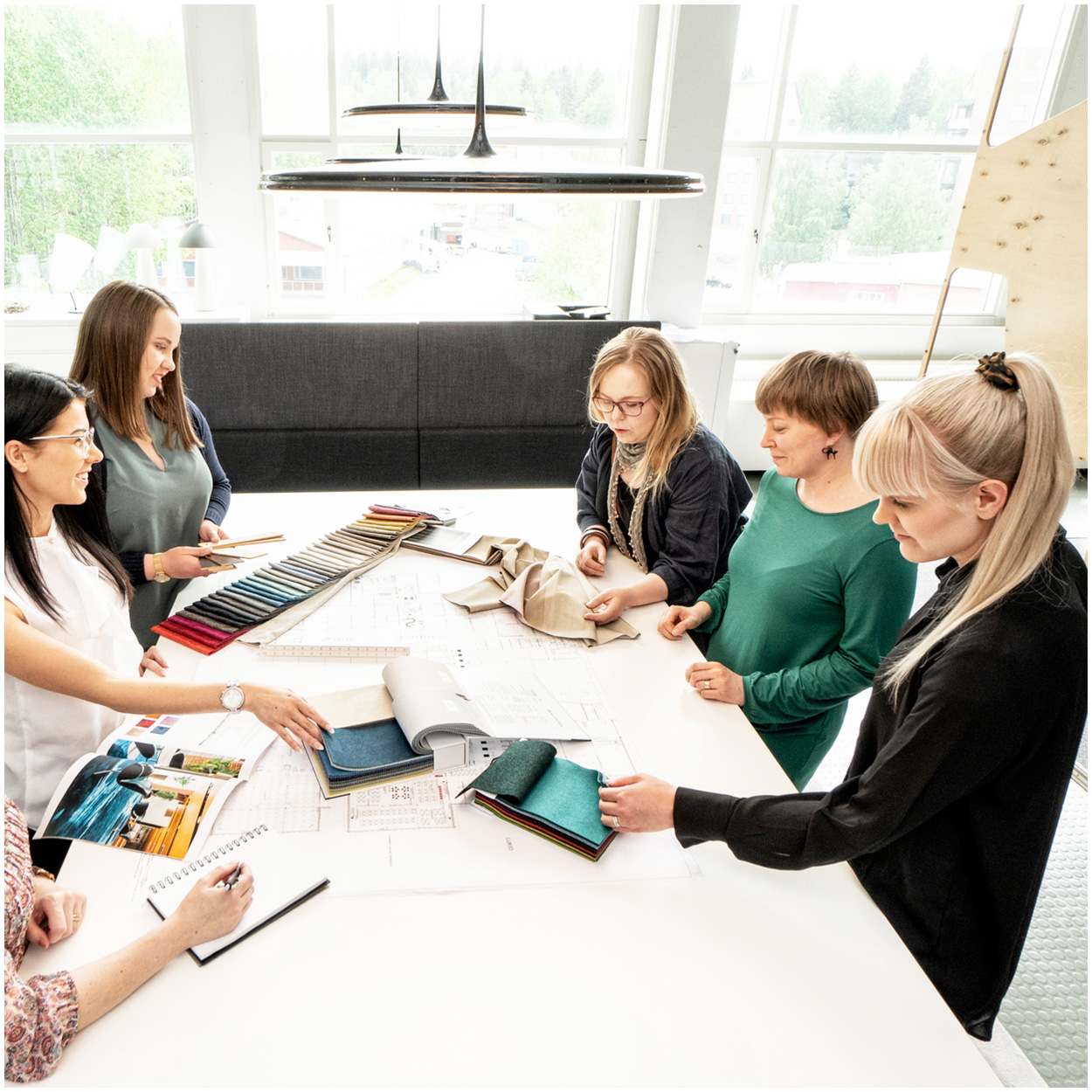Inspiring learning environments have the power to significantly enhance educational experiences. By thoughtfully designing school spaces, we can boost student engagement, motivation, and overall learning outcomes. But how exactly do physical spaces influence education? How can technology and flexibility be integrated to create dynamic learning environments? And what impact do these environments have on teachers? In this post, we will explore these questions and uncover the key elements that make learning spaces truly inspiring.
What role do physical spaces play in enhancing learning outcomes?
The design and arrangement of physical spaces in educational institutions are crucial for fostering student engagement and learning. Innovative classroom furniture, such as ergonomic school furniture and ergonomic classroom chairs, supports student well-being and concentration. By creating a comfortable and inviting atmosphere, students are more likely to remain focused and motivated throughout the day.
Strategically designed spaces, like those offered by Isku, can transform traditional classrooms into inspiring environments. With customizable furniture solutions, schools can tailor their setups to suit various teaching methods and learning activities. Movable classroom furniture allows for easy reconfiguration, supporting group work, individual study, and interactive sessions.
Moreover, incorporating ergonomic student chairs ensures that students can maintain proper posture, reducing physical strain and enhancing their ability to concentrate on learning tasks. By prioritizing these elements, schools can create environments where students thrive academically and personally.
How can technology integration elevate educational experiences?
Integrating technology into learning environments is essential for modern education. It enhances interactivity, collaboration, and access to educational resources. By incorporating technology, educators can create more engaging and dynamic lessons, catering to diverse learning styles and preferences.
Interactive whiteboards, tablets, and digital resources enable students to explore topics in depth, promoting active learning and critical thinking. Technology also facilitates collaboration among students, allowing them to work together on projects, share ideas, and develop problem-solving skills in real-time.
Furthermore, technology integration supports personalized learning, enabling educators to tailor instruction to meet the unique needs of each student. By leveraging digital tools, teachers can provide targeted support, monitor progress, and adapt lessons to ensure all students achieve their full potential.
Why is flexibility important in learning environments?
Flexibility in learning environments is vital for accommodating various teaching methods and learning styles. Adaptable spaces allow educators to modify their teaching approaches as needed, creating a more effective educational environment.
Movable and lightweight furniture, such as our innovative school furniture solutions, enables quick and easy reconfiguration of spaces. This flexibility supports diverse activities, from traditional lectures to group discussions and hands-on projects. By aligning the physical setup with the desired learning outcomes, schools can foster a more dynamic and engaging educational experience.
Additionally, flexible spaces encourage collaboration and creativity among students. By providing the freedom to move and rearrange, students can work together in different configurations, enhancing their ability to communicate, collaborate, and innovate.
How do inspiring environments influence teacher performance and satisfaction?
Well-designed learning environments have a significant impact on teacher morale, effectiveness, and job satisfaction. When teachers work in inspiring spaces, they are more likely to feel motivated and energized, leading to better educational experiences for students.
Comfortable and functional staff areas, equipped with ergonomic furniture, provide teachers with the opportunity to relax, collaborate, and recharge during breaks. A supportive environment contributes to a positive work culture, promoting collaboration and professional growth among staff members.
Moreover, inspiring environments empower teachers to explore innovative teaching methods and engage students in meaningful ways. By providing the tools and spaces necessary for creativity and experimentation, educators can enhance their teaching practices and achieve better outcomes for their students.
Conclusion
In conclusion, creating inspiring learning environments is essential for enhancing educational experiences. By focusing on the design and arrangement of physical spaces, integrating technology, and promoting flexibility, schools can foster student engagement, motivation, and success. Additionally, well-designed environments positively impact teacher performance and satisfaction, leading to improved educational outcomes.
As educational decision-makers, it’s crucial to consider these elements when designing or upgrading learning environments. By partnering with experts like Isku, schools can develop spaces that support innovative teaching practices and inspire both students and teachers to reach their full potential. Let’s create environments where learning and teaching thrive, together.


